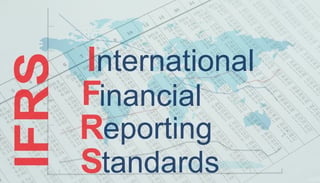The new revenue recognition standards, jointly issued by the FASB and IASB on May 28, 2014 in ASC 606 Revenue from Contracts with Customers, loom around the fiscal corner – publicly traded companies must begin their compliance with the new rules January 1, 2018, and their  privately held counterparts follow in January of 2019. It is most certainly not too early to begin laying the foundation for the transition. While the changes can appear daunting, there are several action steps you can take now to ensure a smoother move.
privately held counterparts follow in January of 2019. It is most certainly not too early to begin laying the foundation for the transition. While the changes can appear daunting, there are several action steps you can take now to ensure a smoother move.
1. Select modified or full retrospective
This is perhaps the most important decision you must make – and the sooner you decide the better. Companies have two options when implementing the new standard; you can take a retrospective approach or a modified retrospective approach. Under the full retrospective approach, you will determine the cumulative effect of applying the new standard as of the beginning of the first historical period presented, and you will recast revenue and expenses for all prior periods presented in the year of adoption of the new standards. Under the modified retrospective approach, you will apply the new standards to all new contracts initiated on/after the effective date, and, for contracts which have remaining obligations as of the effective date, you will enter an adjustment to the opening balance of your retained earnings account. Confused? We’ll cover how to make this important decision in an upcoming post.
2. Review overall business impact
Changes to the way revenue is recognized could have broad business impacts for many companies, including your go-to-market strategies, income taxes, compensation arrangements, budgeting and forecasting, and systems - among others. Not only will many companies need to make certain technology system changes to comply, but some organizations will also need to make changes to their core business models. By understanding the impact the changes may have now, you will have more time to address, adjust and adapt.
3. Evaluate current contracts
Take a close look at your current contracts, particularly those that will be open at the time the new standards take effect. Identify features that may require additional consideration and analysis such as discounts, rebates, or performance bonuses. Give special scrutiny to contracts that provide customers with more than one good or service, as these might dictate separate performance obligations, with separate pricing.
4. Assess your current technology
Does your current business management software have the necessary capabilities to accumulate the required data to comply with the standard? You will need a highly-accurate method of tracking contracts, measuring and recording your steps toward completion, and making the necessary disclosures. Need help in determining if your technology is up to the task? Contact your accounting professional and ERP consultant for guidance.
5. Develop and execute a work plan
Once you’ve done your homework and have identified gaps in your current systems and changes that need to be made, you can develop and execute a detailed implementation plan, being certain to involve members of all affected areas (think sales, legal, HR, finance and IT), to ensure you are ready for the transition ahead and have buy-in throughout the organization.
BTerrell Group, an Texas- based Intacct Partner, would be happy to assist during this transition time. Contact Brian Terrell for additional information.


